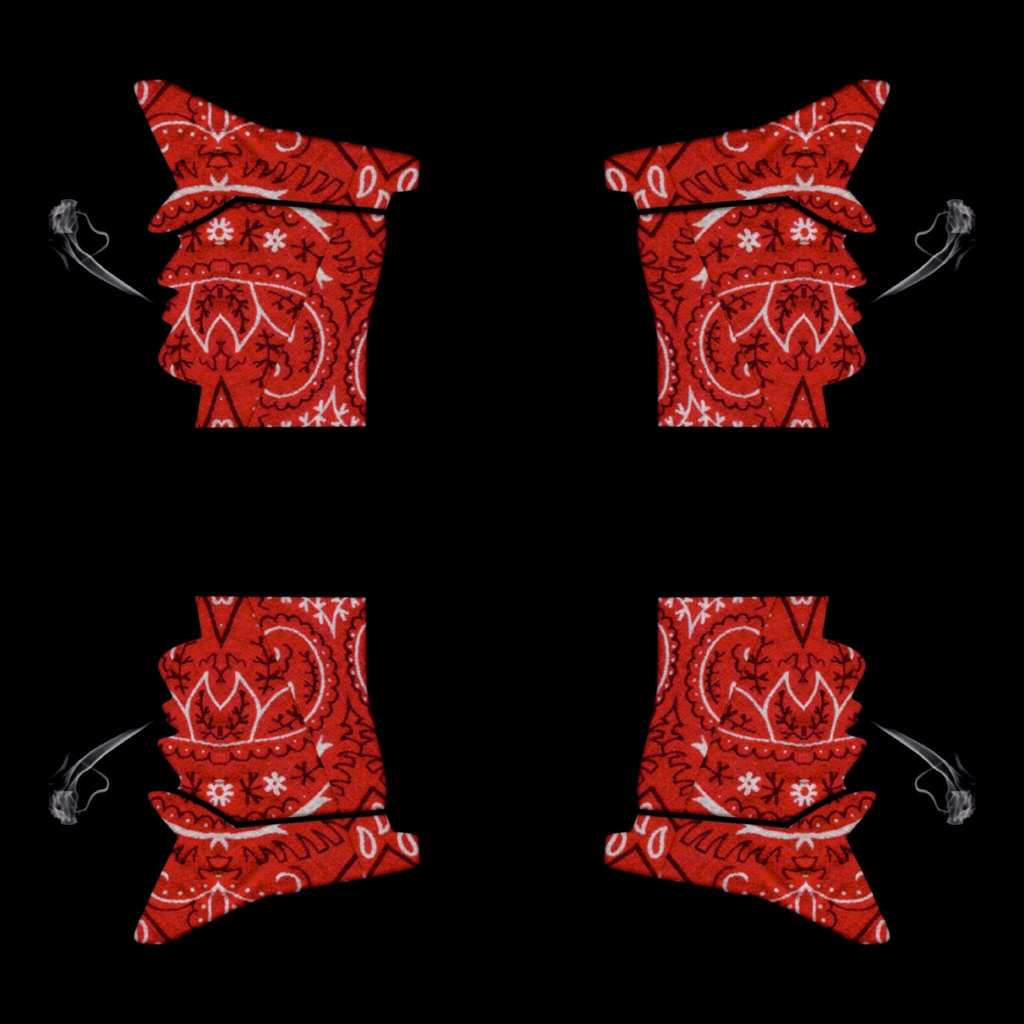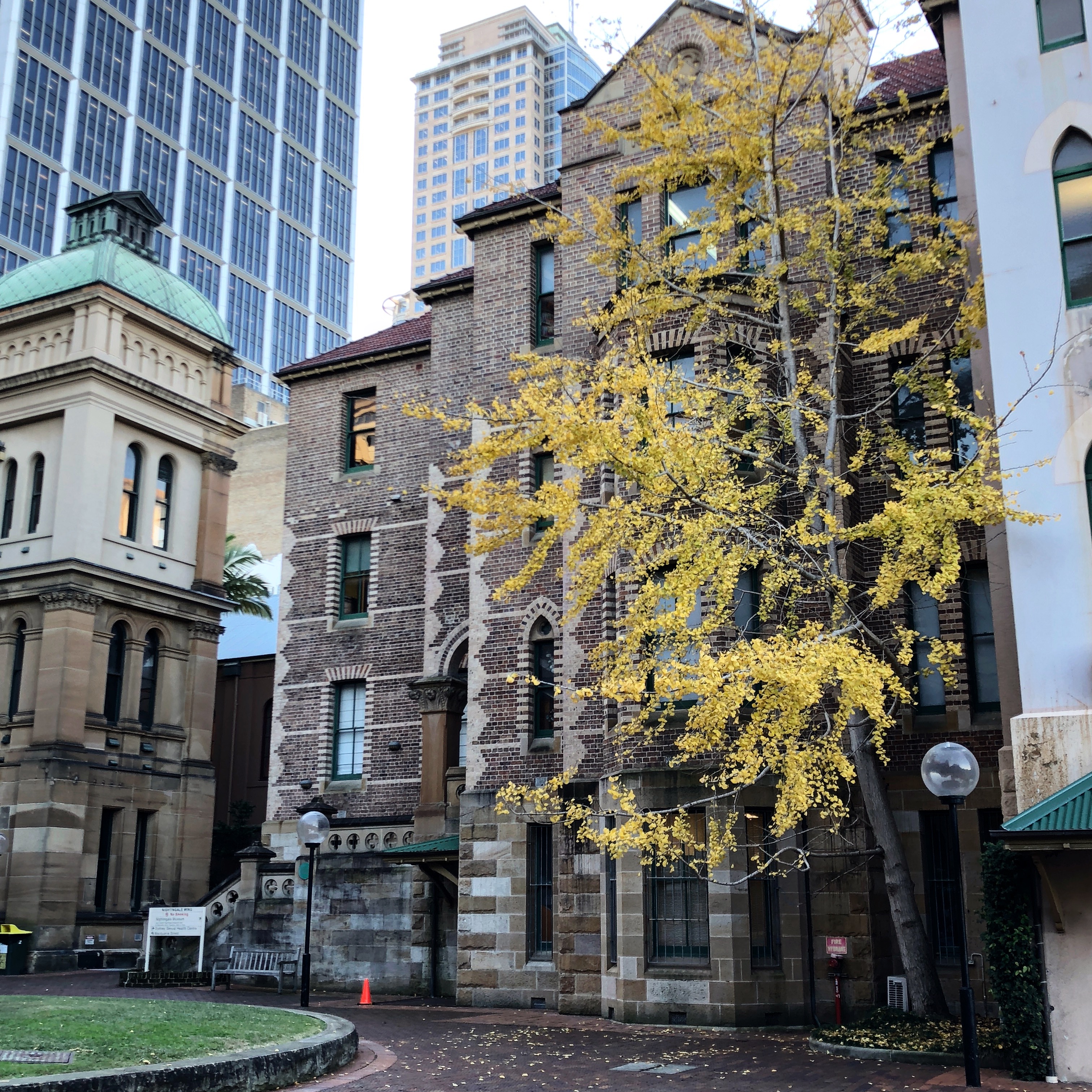The political and pragmatic dimensions of intoxication for queer cultures

{draft chapter, co-authored with Kiran Pienaar, Dean Murphy and Toby Lea, for the forthcoming Routledge Handbook of Intoxicants and Intoxication}
Could intoxication be understood as a politically significant activity among sexual and gender minorities? The question is likely to meet with some resistance. But approaching intoxication as an activity that grapples with the political organization of society is not the same as recommending it as a promising strategy. We usually think of intoxication as a state of the individual body, or else a set of social or cultural or psychologically driven practices that put bodies into such a state. Since the conventional aim of these practices is to alter, manage or change the self in the world (Partanen 1981), the self emerges as the most pertinent locus of action and this produces the practice as personal in nature, relevance and consequence. To frame intoxication as a political tactic is to refuse this personalizing effect by situating it historically and exploring the kind of practical response to certain problem-situations it might embody. The question becomes, ‘how has intoxication emerged as a practical strategy that enables certain, more or less effective, navigations of social norms around sexuality and gender?’, remembering those norms are part of the political ordering of society.
The higher rates of drug and alcohol use found among LGBTQ people is mainly attributed to ‘minority stress’ by the researchers concerned (Goldback et al. 2014, Dentato et al. 2013, Lehavot & Simoni 2011). Intoxication emerges as a form of self-medication here: a way of coping with the negative affects produced by lived experiences and expectations of stigma, discrimination and victimisation. This focus has been criticized for ‘overlooking the meaningful ways in which … consumption intersects with identity, sociability, place, space and community formation for queer youth’ (Hunt et al. 2019, p.382). Indeed, when the hypothesis of minority stress fails to line up statistically significant correlations, some studies concede that gay socializing ‘often occurs in bars, where alcohol is served and other drugs may be available’ (Rosario et al, 2004, p. 1630), usually before recommending alternative, drug-free social spaces for minority individuals. Alcohol and other drug (AOD) use is typically approached within this literature as a problem in and of itself, that is symptomatic in turn of another social problem (‘minority stress’). Little wonder there are calls for greater attention to meanings, contexts and experiences of pleasure from a growing cohort of researchers in the fields of critical drug and sexuality studies (Pienaar et al. 2020a, Holt and Treloar 2008, Race 2009, Dennis and Farrugia 2017, Paasonen 2018).
Without wishing to deny the realities these different approaches configure, the binary choice they create between the competing figures of problematic self-medication and untroubled social or recreational consumption is hardly satisfying. It is not simply that recreational intoxication can lead to problems or that self-medication can bring pleasure; we are left wondering about the relevance of intoxication within the practical situations commonly confronted by those stigmatised on the basis of their sexual orientation and/or gender expression. Minority stress is conventionally defined as exposure to victimisation and discrimination, expectations of rejection and hostility, internalisation of negative attitudes about homosexuality, and concerns about disclosure of identity (Meyer, 2003). There is nothing very sexy about this definition, it must be said. If the injuries of social minoritisation were enough to explain disproportionate substance use within a particular population, one might expect it to hold true for other stigmatised minority groups that routinely suffer from discrimination and victimisation (ethnic and racial minorities, for example) but this is not borne out by the research evidence in any consistent way (Shih et al. 2010, Gillmore et al. 1990). In the ‘minority stress’ account of LGBTQ substance use, moreover, the individual is produced as the primary locus of injury: stigma becomes a condition of the self. The identities of sexual and gender minorities are ontologised, with intoxication produced as a means of palliating the injuries these damaged identities have incurred. But for Goffman (1963) stigma is embedded in relational dynamics; it creates problem-situations that social actors variously navigate. What if intoxication were transposed from its current makeshift status as a plaster for the wound of sexual stigmatization and reconfigured as a pragmatic means of carrying out certain discredited activities?
In this chapter we aim to develop such a pragmatic, performative account of the meanings, uses and effects of intoxication among gays, lesbians, bisexuals, transfolk and other assorted queers. Rather than intoxication standing as a toxic means of palliating damaged, static identities, we approach it as a practical – even creative – strategy that, for all its risks and toxicities, can enable individuals and groups to circumnavigate and disrupt prevailing gender and sexual norms. We do not deny that stigma, discrimination, social exclusion and sexual normalization act as structuring constraints within the life-worlds and practical repertoires of LGBTQ+ groups and individuals: rather our aim is to switch gears and translocate accounts of LGBTQ+ substance use away from the ontological register of pathological self-medication and towards the more performative and pragmatic key of tactical responsiveness to the sociomaterial situations that stigma, discrimination, and normalisation create or make manifest. We seek a more dynamic account of queer intoxication, in other words, that turns attention towards the practical question of what intoxication does for those who subject themselves with it. Intoxication is what some people do to allow certain things to happen – not simply a confirmation of injured being. As Judith Butler has maintained, gender and sexuality should not be mistaken for stable identities or inner truths. Rather we might attend to ‘the mundane way in which bodily gestures, movements, and enactments of various kinds constitute the illusion of an abiding gendered self’ (Butler 1988, p. 519). In this chapter we seek to engage this performative register of self-practices. For certain social subjects, certain bodily movements and enactments such as drinking, getting high, getting out of it or getting wasted, matter. But how, and why should this be the case?

 Drawing on my experience of living with HIV for over two decades,
Drawing on my experience of living with HIV for over two decades, 